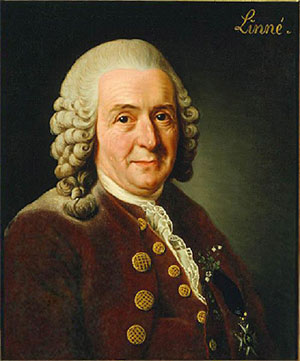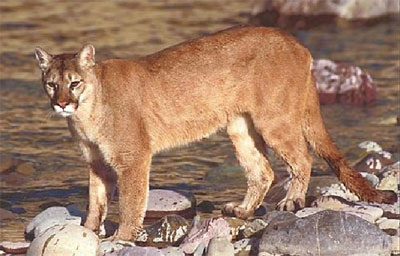

Scientists have been trying to identify, name, and classify organisms for a very long time. Carolus Linnaeus (1707- 1778), was a Swedish botanist, physician, and zoologist, who laid the foundations for the modern scheme of binomial nomenclature. He is known as the father of modern taxonomy, and is also considered one of the fathers of modern ecology. In 1735 he published the first edition of his classification of living things, Systema Naturae.
Binomial nomenclature is a two-word naming system. Scientific names are written in italics. The first word begins with a capital letter, and the second word is lowercased.
Look at this picture. What animal is it?

You might have called it a cougar, a puma, a mountain lion or a panther. All of these are common names for this animal. The scientific name however is Felis concolor. Using this common naming system clears up confusion that common names may cause.
Early taxonomist classified organisms into different categories based on their physical characteristics and presumed natural relationship. Now with the understanding of genetics and evolution, scientists have more clues as to how to classify organisms. Systematics is the study of the diversification of life on the planet Earth, both past and present, and the relationships among living things through time.
![]() Watch this video series to understand more on the similarities and differences of systematics and taxonomy.
Watch this video series to understand more on the similarities and differences of systematics and taxonomy.
Scientific names contain a lot of subtle information. To see what you can learn from a taxonomic name, look at this site from University of Michigan's Animal Diversity Web: Animal Diversity
Use your notes to describe the "secret" information contained in a scientific name.
Sources for images used in this section as they appear, top to bottom: